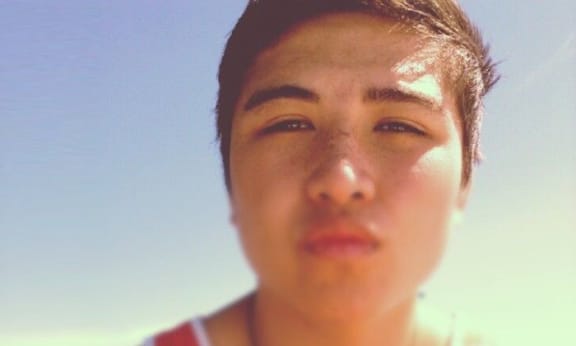The Accident Compensation Corporation says there has been an increase in the number of rugby and rugby league related concussion injuries for 15 to 19-year-olds.

Jordan Kemp. Photo: FACEBOOK
ACC spokesperson Stephanie Melville said one of the main reasons ACC believed that the number of concussion claims have risen was because of increased awareness and reporting of concussion.
However, she said spinal injuries for teenage rugby players were on the decrease - with less than four spinal cord injuries in every year since 2010.
Overall, ACC figures show new claims for head, neck and spinal injuries among 15-to-19-year-olds hurt while playing rugby and rugby league have risen from 2336 in July 2009 to nearly 3000 in June this year.
The total cost of new and on-going claims has gradually risen, from $2.9 million in 2009 to $3.75 million this year.
An ACC spokesperson said more people played rugby, so there were more injury claims for the sport. Activities such as mountain-biking were not as widespread but usually had more costly claims because the injuries were more severe.
The figures have emerged following the death of 17-year-old Jordan Kemp, who collapsed during a club game in Whangarei last Saturday and died the next day in Auckland Hospital from bleeding on the brain.
Doctors have not been able to say if his death is linked to an earlier concussion, and the family says it isn't blaming anyone. Jordan had been sidelined for weeks earlier in the season after a concussion but his grandfather, Russell Kemp, said he had played four or five games since.
Warriors' doctor John Mayhew said Jordan's death was tragic, and there needed to be better education around helping to minimise head injuries.
However, there was not a one-size-fits-all approach to dealing with head injuries.
"Some people will, well they'll be concussed once and never play football again. Some people can bounce back very quickly," Dr Mayhew said.
"It's not a homogeneous group, it's very heterogeneous and I think each head injury has to be assessed like any other clinical problem in medicine."
A decision should then be made about whether it was safe to resume playing a contact sport, he said.
NZRU happy with protocols
The New Zealand Rugby Union is standing by its concussion protocols, with medical director Ian Murphy saying the standard it was for anyone who got a head injury playing rugby to be sidelined for three weeks, make a graduated return to play and be cleared by a medical practitioner.
Jordan Kemp went through an appropriate return-to-play protocol after a head injury earlier in the season, Dr Murphy said.
He was comfortable with the union's efforts to manage concussion risk in New Zealand but said there was room for improvement in awareness, education and monitoring.
"Everyone knows that concussion is a significant issue, that if there's any doubt we sit people out. But some people some still push that, despite knowing."
The union was working on a new injury prevention strategy with a focus on concussion to present to the ACC, Dr Murphy said.
Former All Black Grahame Thorne on Monday criticised the medical advice given, saying Jordan must have suffered a bad concussion to be out for a month.
"You'd think with all the publicity and things like Peter Fitzsimons in Australia jumping in about concussion, that the doctors might have been a little bit more (vigilant) about letting him go back to playing rugby so soon," Mr Thorne said.
Mr Thorne's 20-year-old son, David, suffered a stroke after being tackled in 2006.
Investigations are under way into what led to Jordan's death, and police are to refer the matter to the coroner. His body has been returned to Otamatea Marae in Maungaturoto, Northland.
Meanwhile, in the United States, a federal judge has granted preliminary approval to a settlement between the National Football League and thousands of former players who suffer from brain damage and dementia as a result of concussions suffered on the field.
The decision comes two weeks after the NFL agreed to remove a $US675 million ceiling it had placed on payments to former players who were part of a groundbreaking lawsuit over head injuries experienced during their time in the league.

